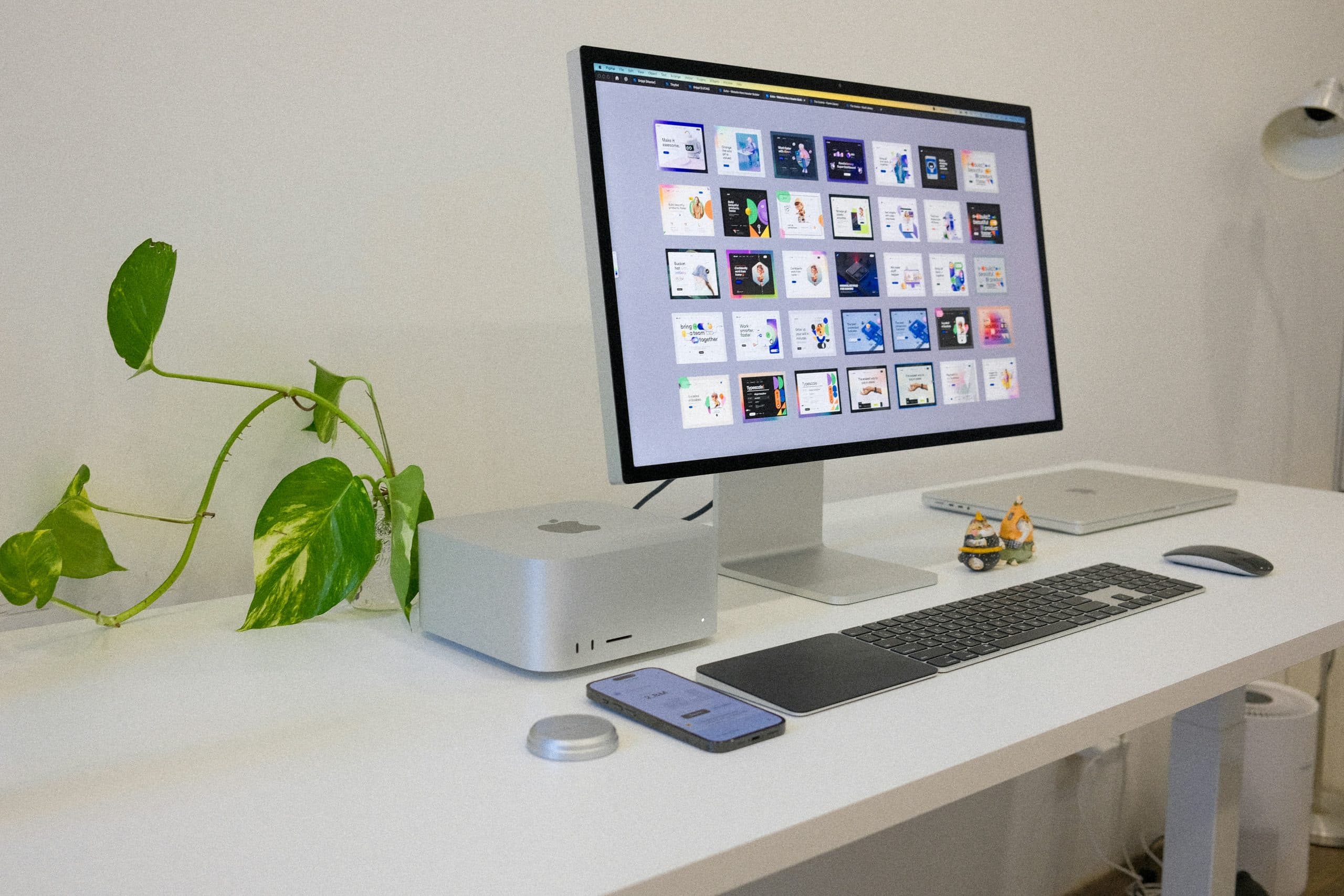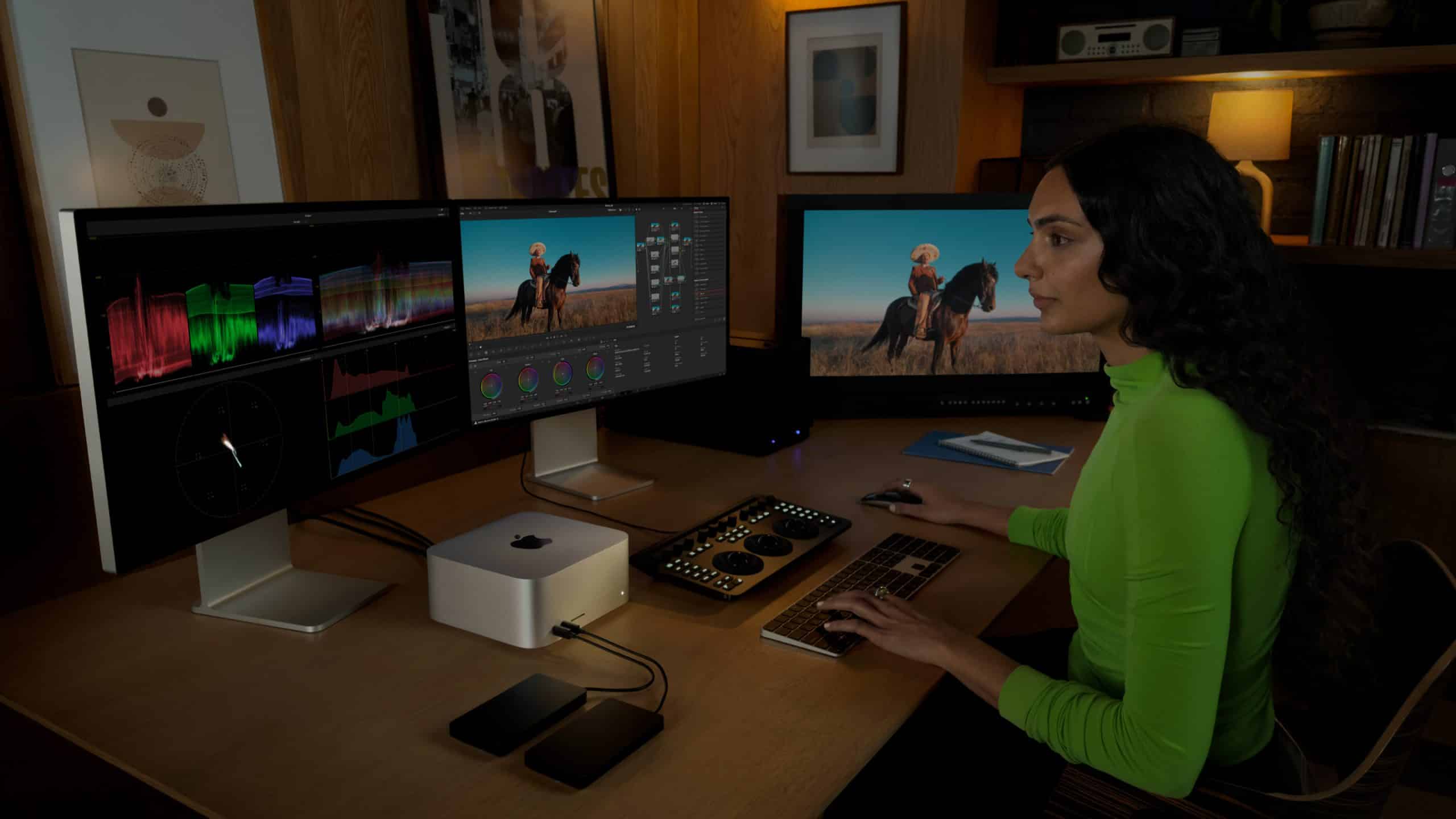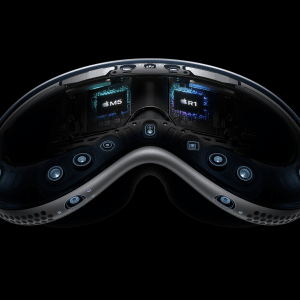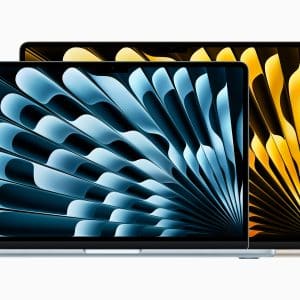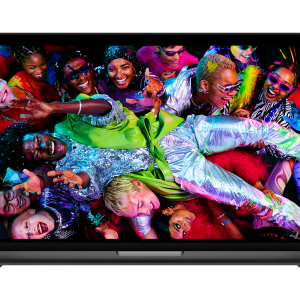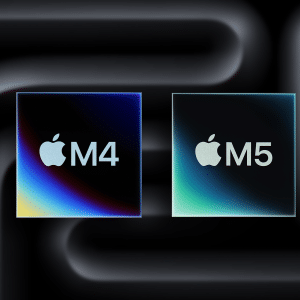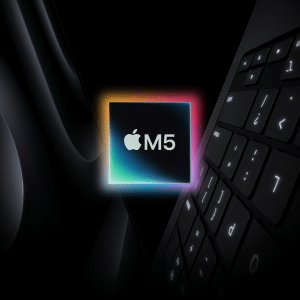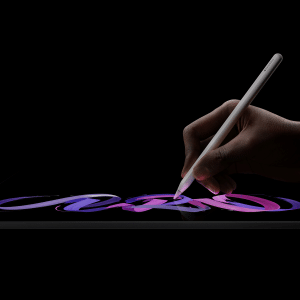Apple rolled out the M3 series back in October 2023, touting its 3nm process—built by TSMC—as a leap over the M2’s 5nm roots. The M3, M3 Pro, and M3 Max hit Macs fast, but the Ultra took its sweet time, arriving 16 months later. Why the wait? It’s not a simple double-up of the M3 Max, like the M1 Ultra and M2 Ultra were with their Max siblings. This chip’s got quirks—think four times the RAM capacity and Thunderbolt 5 support—hinting it’s more than a leftover from the M3 era.
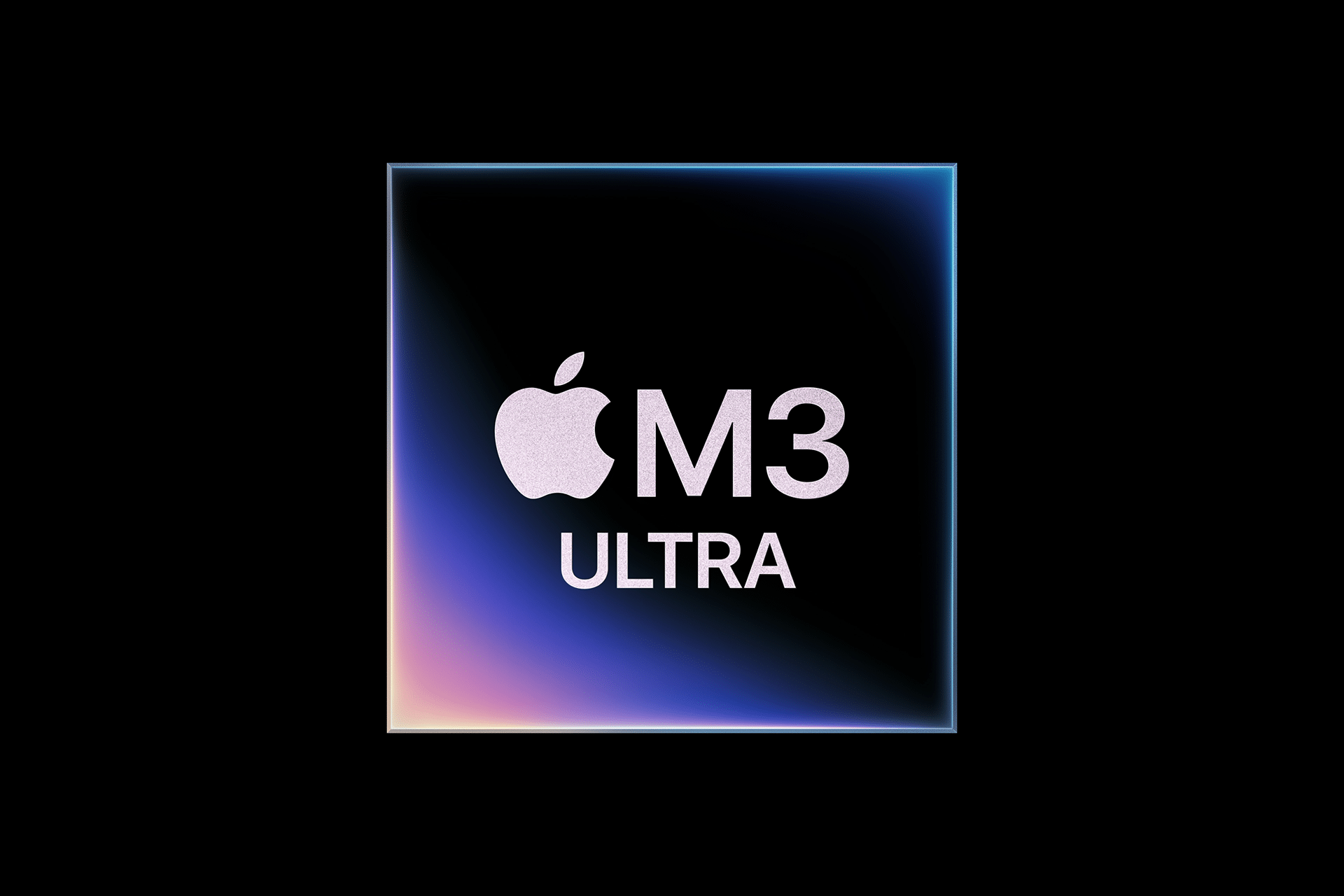
A Chip Caught Between Generations
Here’s the twist: the M3 Ultra isn’t purely an M3. While it’s built on the original 3nm process (TSMC’s N3B), it packs upgrades that echo the M4’s enhanced 3nm tech (N3E). The M3 Max tops out at 128GB of RAM, but the Ultra jumps to 512GB—four times the ceiling. It also ditches Thunderbolt 4 for Thunderbolt 5, hitting 120Gb/s speeds, a perk the M4 Max shares in the latest MacBook Pros. Compare that to the M2 Ultra’s straightforward doubling of M2 Max specs, and you see Apple’s playing a different game here. Macworld suggests this hybrid approach might stem from TSMC’s shift to N3E, leaving the M3’s first-gen 3nm a bit stranded—yet still ripe for innovation.
For users, this means raw power. The M3 Ultra boasts a 28-core CPU (20 performance, 8 efficiency) and a 60-core GPU in its base config, scaling to 32 CPU cores and 80 GPU cores with upgrades. That’s double the M3 Max’s core counts, but the RAM and Thunderbolt leaps scream “future-proof.” It’s in the Mac Studio now, starting at $3,999, with shipments kicking off March 12, 2025—perfect timing for pros who need a desktop that doesn’t flinch at heavy lifting.
What It Means for You
So, what’s the payoff? If you’re a video editor, 3D artist, or AI tinkerer, this chip’s a dream. That 512GB RAM ceiling—paired with 819GB/s memory bandwidth—lets you juggle massive datasets without breaking a sweat. Think 8K video renders or AI models with hundreds of billions of parameters running in memory, no external drives needed. The Thunderbolt 5 boost means faster external storage and displays—up to 120Gb/s—making your workflow smoother than ever. For context, Thunderbolt 4 capped at 40Gb/s; this is triple the speed, ideal for pros plugging into high-res setups.
Casual users might not notice the difference—your email and Netflix won’t care—but enthusiasts will. The M3 Ultra’s GPU, with hardware ray tracing and mesh shading, could even tempt gamers, though Apple’s still playing catch-up there. Compared to the M4 Max in the $1,999 Mac Studio base model (14-core CPU, 32-core GPU), the M3 Ultra’s overkill for most. Yet, for those maxing out Final Cut Pro or training neural networks, it’s a workstation in a box half the size of a Mac Pro.
Why Now?
Apple’s chip timeline’s been a rollercoaster. The M4 hit iPads and MacBooks fast, thanks to TSMC’s cost-efficient N3E process. The M3, stuck on N3B, seemed like a relic—until this Ultra twist. Macworld posits Apple might’ve had a stockpile of M3 Max dies, fused into Ultras with a modern twist to keep the Mac Studio competitive. It’s not the M4 Ultra we expected (rumored for a 2025 Mac Pro), but it bridges a gap—offering pro-grade power without fully jumping generations.
The Takeaway
The M3 Ultra’s a curveball—part M3, part M4, all muscle. It’s not the cleanest chapter in Apple’s silicon saga, but it works. For users, it’s a practical powerhouse: more RAM, faster ports, and enough cores to tackle anything. Whether you’re rendering Hollywood-grade visuals or just flexing your tech cred, this chip proves Apple’s still got tricks up its sleeve. The Mac Studio’s shipping now—grab it if your workload demands the best.
